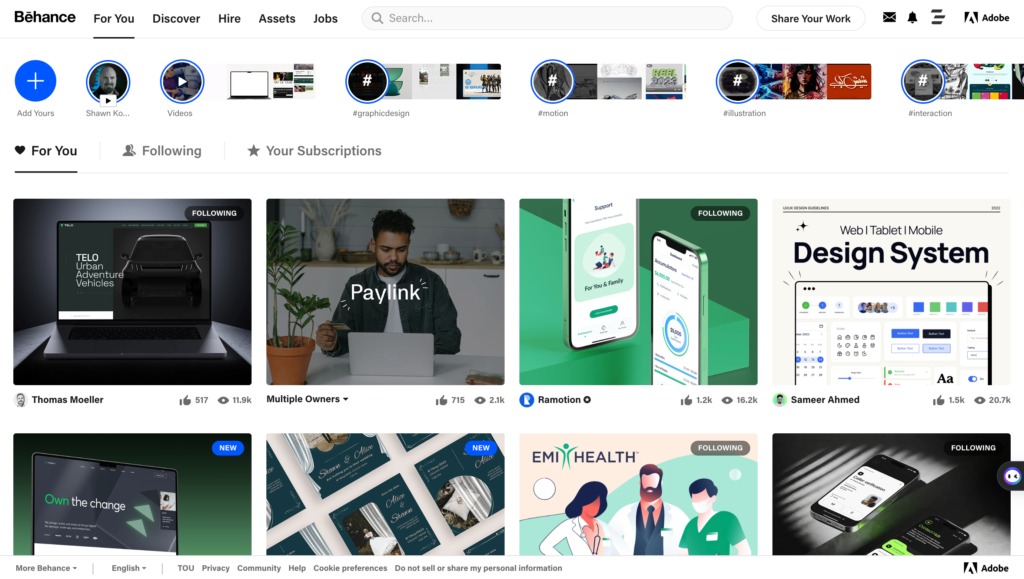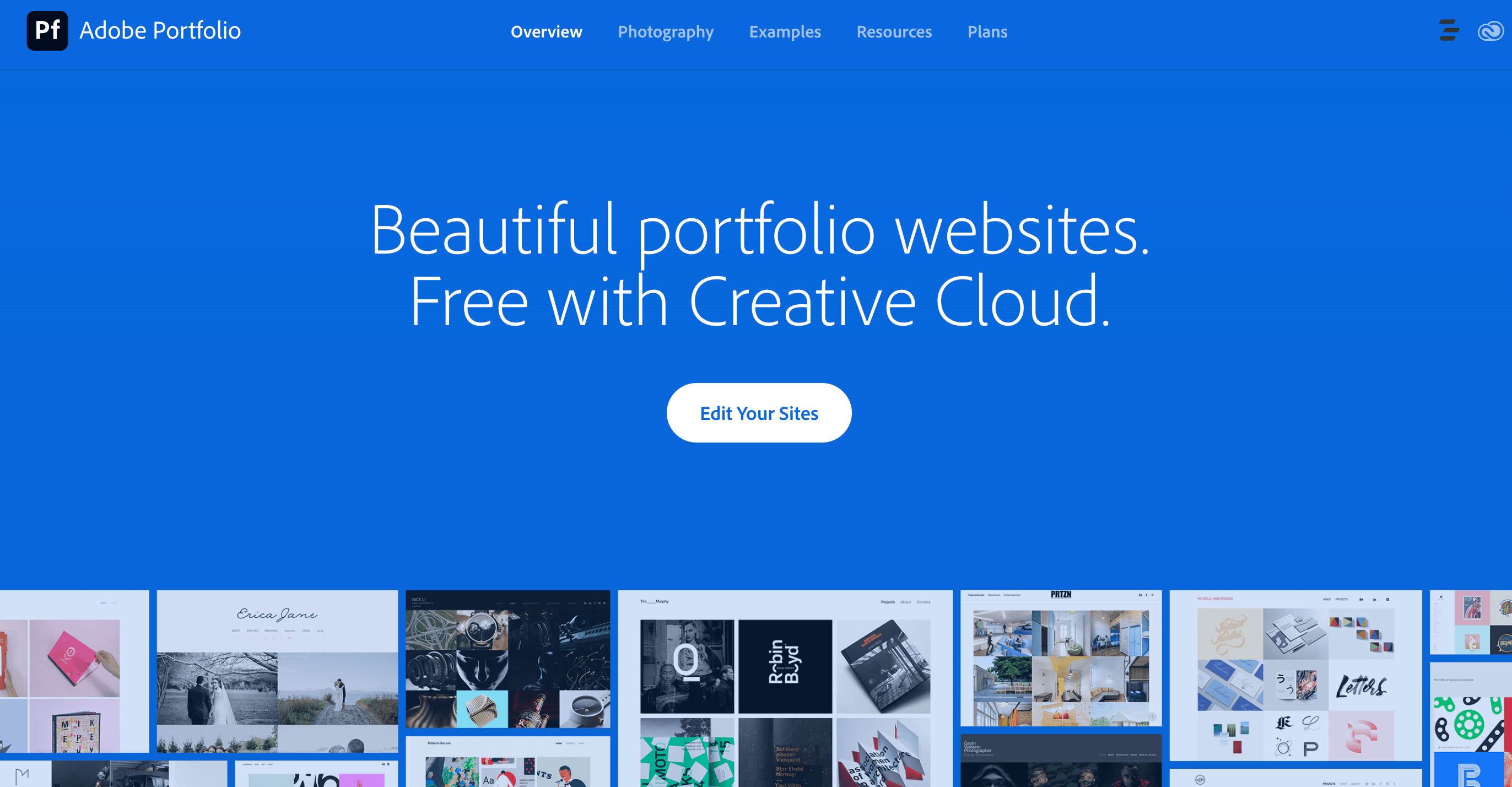Behance is a well-known online platform where creative people may promote their work, network with other creatives, and find new possibilities. However, with millions of users and projects on Behance, how can you differentiate your portfolio? In this blog article, we will provide some best practices and recommendations for establishing an eye-catching Behance portfolio that will impress future clients and employers.

1. Create an Eye-Catching Profile Picture for your Behance portfolio
When people arrive at your Behance portfolio, the first thing they will see is your profile image. It should be representative of your personality, style, and brand identity. A good profile image should be:
- Clear and high-quality: Use a professional camera or a smartphone with a good resolution. Avoid blurry, pixelated, or distorted images.
- Relevant and consistent: Choose an image that symbolizes your line of work and complements the topic of your portfolio. If you are a graphic designer, for example, you can utilize a logo or an icon that you created. You can use a photograph of a portrait or a landscape if you are a photographer.
- Original and creative: Avoid utilizing generic or stock photographs that may be found anywhere online. Instead, strive to create something unique and memorable that highlights your abilities and qualities.
2. Showcase Your Best Work for your Behance portfolio
Your Behance portfolio should feature your most impressive and recent work. You want to demonstrate to your visitors what you are capable of and what types of projects you are interested in. Consider the following factors when choosing your best work:
- Quality over quantity: Having fewer projects that are well-executed and polished is preferable to having many projects that are mediocre or unfinished. Aim for 6 to 10 projects that demonstrate your breadth of skills and abilities.
- Diversity over similarity: It is important to show your versatility and adaptability as a creative professional. Try to include projects that vary in style, format, medium, and industry. For example, if you are a web designer, you can include websites for different types of clients, such as e-commerce, education, entertainment, etc.
- Relevance over popularity: It is tempting to include projects with a lot of likes or views on Behance, but they might not be the most relevant for your target audience. Instead, prioritize projects that are in line with your goals and objectives. For example, if you are looking for a job in the gaming industry, you should include projects related to game design, animation, or illustration.
3. Provide Detailed Descriptions
Your project descriptions are an opportunity to tell the story behind your work and communicate your creative process and vision. They should provide context and information that will help your visitors better understand and appreciate your work. A good project description should include the following information:
- A catchy title: Use a short and catchy title that summarizes your project’s main idea or concept. Avoid using generic or ambiguous titles that fail to pique your visitors’ interest.
- A brief introduction: Write a few sentences that introduce your project and explain its purpose, goals, and challenges. You can also mention the client or the company that you worked for (if applicable) and the role that you played in the project.
- A clear structure: Organize your project description into sections or paragraphs that cover different aspects of your project, such as research, design, development, testing, etc. Use headings, bullet points, or numbers to make your description easy to read and follow.
- A visual presentation: Use images, videos, GIFs, or mockups to illustrate your project and show how it looks and works in different scenarios. You can also use captions or annotations to highlight specific features or details of your project.
- A call to action: End your project description with a call to action that invites your visitors to take further action, such as contacting you for more information, visiting your website or social media accounts, downloading your app or game, etc.
4. Use Keywords and Tags
Keywords and tags are words or phrases that describe the content and characteristics of your project. They help your portfolio rank higher in search engines and make it easier for potential clients and employers to find you on Behance. To effectively use keywords and tags, you should:
- Do some research: Find out what keywords and tags are relevant and popular in your field of work and industry. You can use tools like Google Keyword Planner or Moz Keyword Explorer to generate ideas and suggestions.
- Be specific and accurate: Use keywords and tags that accurately reflect the nature and scope of your project. Avoid using generic or irrelevant keywords and tags that do not match your project or portfolio.
- Be concise and consistent: Use only the most important keywords and tags that describe your project. Do not use too many keywords or tags that may confuse or overwhelm your visitors. Also, use the same keywords and tags across all your projects to create a consistent portfolio.
Conclusion
Creating a Behance portfolio is a great way to express your identity and personality as a creative professional while also showcasing your work. By following these tips and best practices, you can create a Behance portfolio that will stand out from the crowd and attract more opportunities and recognition for your work. Happy creating!



